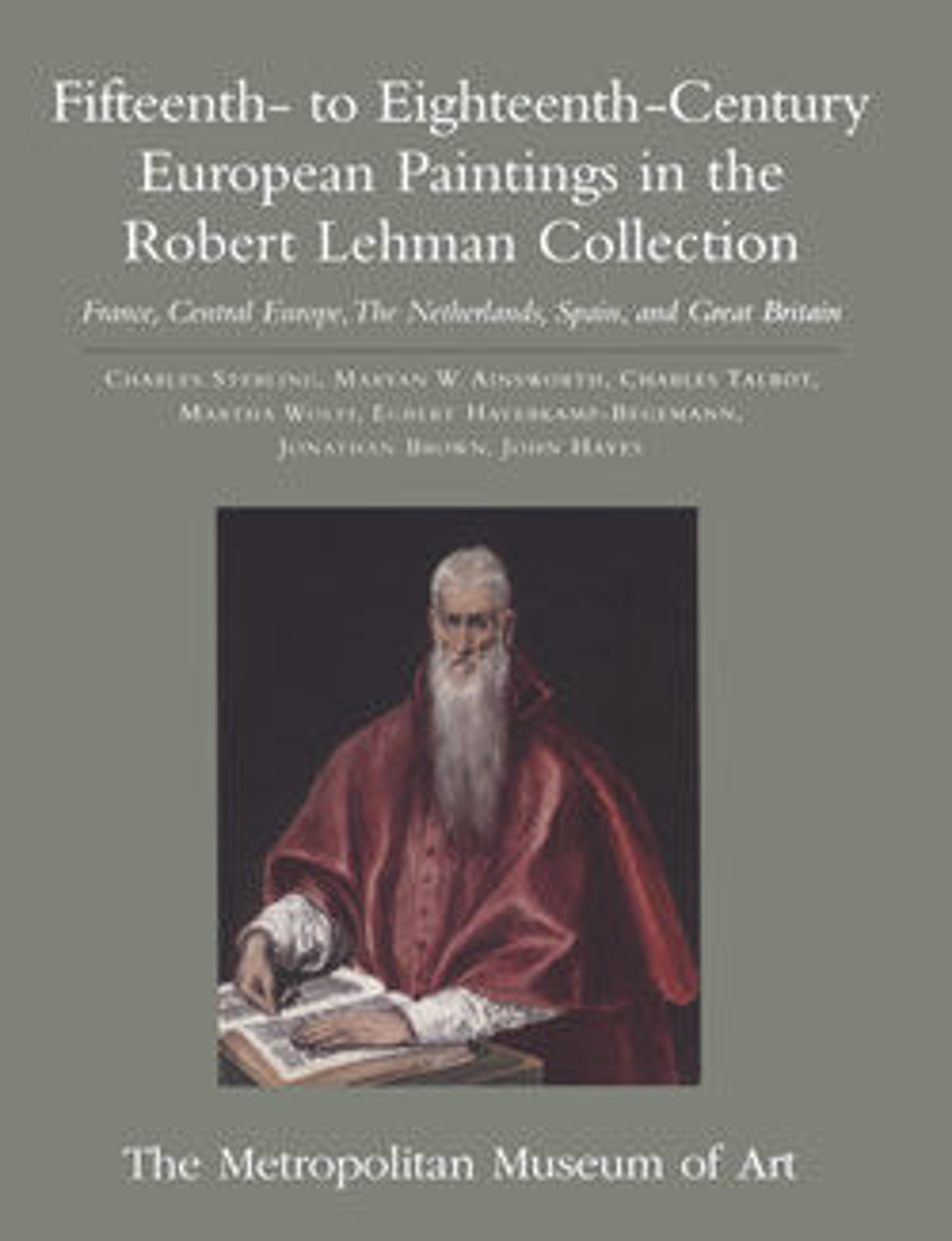The Lamentation
This poignant image depicts Christ’s limp, dead body surrounded by mourners, including his mother, Mary Magdalen with her jar of ointment, and John the Evangelist. Both support and frame are made of metal; a hook at the structure’s top facilitates display and its size suggests that the object was easily transportable. The picture’s dimensions and delicate brushwork invite close viewing and emphasize the nearness required for the devotional aid to achieve its intended impact. Paint losses are scattered across the image, muting its emotional content, while a discolored varnish further obscures finer details like the buildings in the background or the delicate threading of the Mary Magdalen’s garment.
Artwork Details
- Title:The Lamentation
- Artist:Netherlandish
- Date:ca. 1550
- Culture:Netherlandish
- Medium:Oil on copper alloy
- Dimensions:5 1/4 x 4 7/16 in. (13.4 x 11.2 cm), painted surface 4 3/4 x 3 7/8 in. (12.2 x 9.9 cm)
- Classification:Paintings
- Credit Line:Robert Lehman Collection, 1975
- Object Number:1975.1.1411
- Curatorial Department: The Robert Lehman Collection
More Artwork
Research Resources
The Met provides unparalleled resources for research and welcomes an international community of students and scholars. The Met's Open Access API is where creators and researchers can connect to the The Met collection. Open Access data and public domain images are available for unrestricted commercial and noncommercial use without permission or fee.
To request images under copyright and other restrictions, please use this Image Request form.
Feedback
We continue to research and examine historical and cultural context for objects in The Met collection. If you have comments or questions about this object record, please contact us using the form below. The Museum looks forward to receiving your comments.
